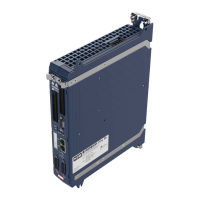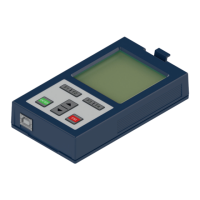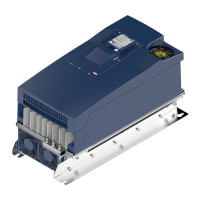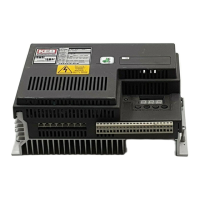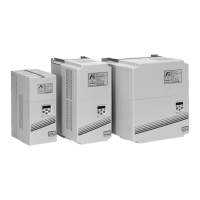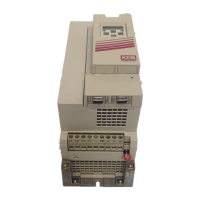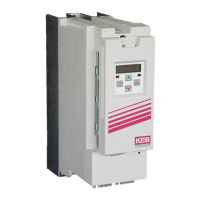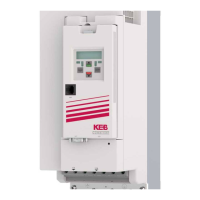excluded modes of operation for limit switch
Hardware limit switches are always active
Selection of the "modes of operation“ in which
the hardware limit switch function shall not be ef-
fective
homing mode (not available)
cyclic sync positioning mode
cyclic sync velocity mode
reserved for future modes of operation
Standard Input: The limit switch signal is active as long as the
selected input is active (= zero).
In the event that a limit switch has been passed, the limit
switch should remain logically active.
The position at detection of the limit switch signal is stored.
By way that the signal "limit switch positive" is removed again,
the input must become inactive again and the position (st33)
must be smaller than the position of the activation edge. The
same applies to the signal "limit switch negative".
Limit switch is evaluated independently of the direction of rota-
tion
Limit switch is only evaluated depending on the set direction of
rotation (ru84)
reference
and actual
speed
The limit switch is evaluated depending on the set direction of
rotation (ru84 and the actual direction of rotation (ru08) (OR
linking). The evaluation of the actual direction of rotation be-
comes only active above the speed level (hm18).
Function as for value 16, but additionally: if it is detected that
only the actual direction of rotation is in the direction of the limit
switch, the "FAULT" reaction is always triggered.
The digital inputs of the hardware limit switches can be selected via parameters
hm06/hm07. A signal is applied to them until they are approached (0-active). With
parameter hm15 can be adjusted whether the limit switches should have no func-
tion in an operating mode. The homing mode is deactivated at the factory because
it resets the positions of the system and therefore no position-dependent limit
switch evaluation can be done. The tripping conditions for a limit switch must be
set via parameter hm17 (default value = 8). It should be noted that in two modes
(16, 24) parameter hm18 (default value = 0%) must also be set by way that the de-
tection of the actual speed becomes active.
The reaction when the limit switch is reached is set via parameters pn78 and pn79.
If "Warning" or "Ignore" are not selected as limit switch reaction, reaching the limit
switch always finishs the active positioning. Thus, the set position is set to the
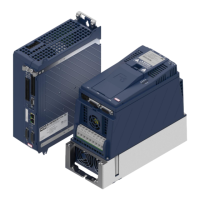
